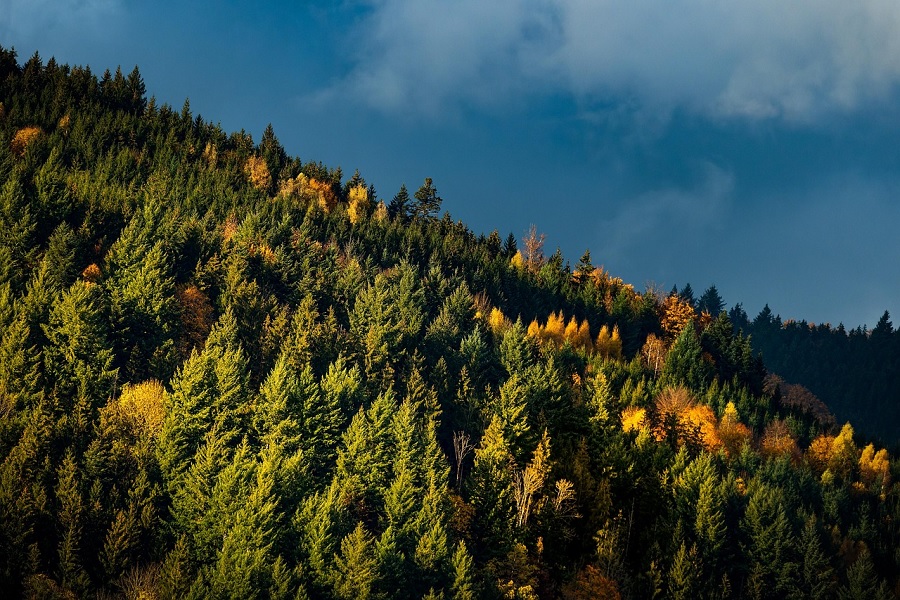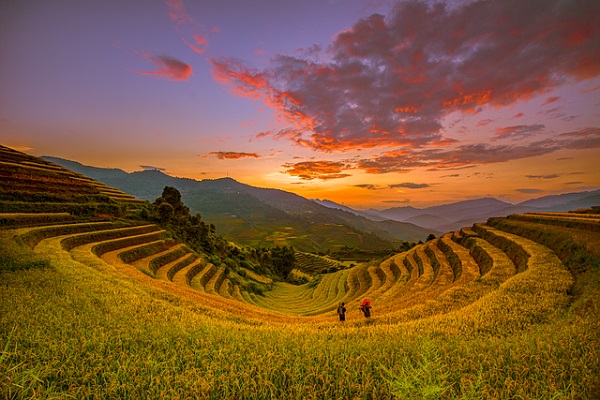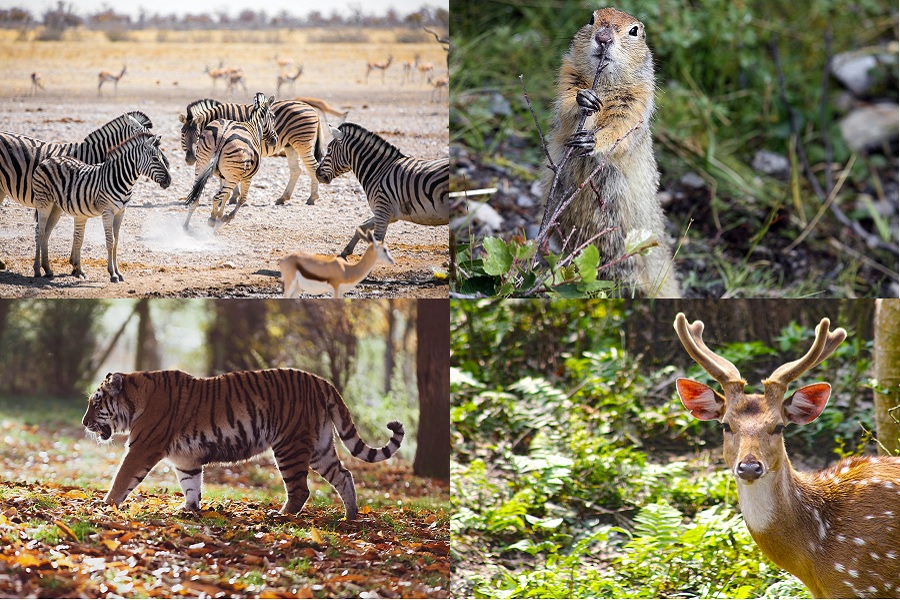Embracing the Wild: The Rise of Eco-Tourism in Pristine Forests

In a world grappling with climate change and environmental degradation, eco-tourism has emerged as a powerful alternative to mass tourism. It offers travelers a chance to explore unspoiled natural wonders while contributing positively to the environment and local communities.
The forest in the image—a mosaic of evergreen and deciduous trees, kissed by the changing seasons—represents the untouched beauty that eco-tourism seeks to protect and promote.
What is Eco-Tourism?
Eco-tourism is responsible travel to natural areas that conserves the environment, sustains the well-being of local people, and involves interpretation and education. It is travel with a purpose—where your journey doesn’t just take from nature but gives back to it.
Why Eco-Tourism Matters
Environmental Conservation: Protects biodiversity, forests, and endangered ecosystems through sustainable visitation.
Community Empowerment: Generates income for local communities, often through homestays, organic farms, or guided nature tours.
Personal Enrichment: Encourages mindfulness, respect for nature, and deeper ecological understanding.
Low-Impact Travel: Emphasizes “leave no trace” principles—minimal carbon footprint, no litter, and ethical wildlife encounters.
Top Activities in Eco-Tourism
Forest bathing (Shinrin-yoku)
Birdwatching and wildlife safaris
Nature photography
Trekking with local guides
Volunteering for conservation projects
Staying in eco-lodges or treehouses
Ideal Eco-Tourism Destinations
Black Forest, Germany – Ancient woodlands and nature trails
Kerala, India – Backwaters, bamboo cottages, and spice gardens
Costa Rica – Rainforests, cloud forests, and eco-resorts
Norway – Fjords, eco-villages, and sustainable hiking routes
New Zealand – Eco-adventures in national parks and Maori culture























